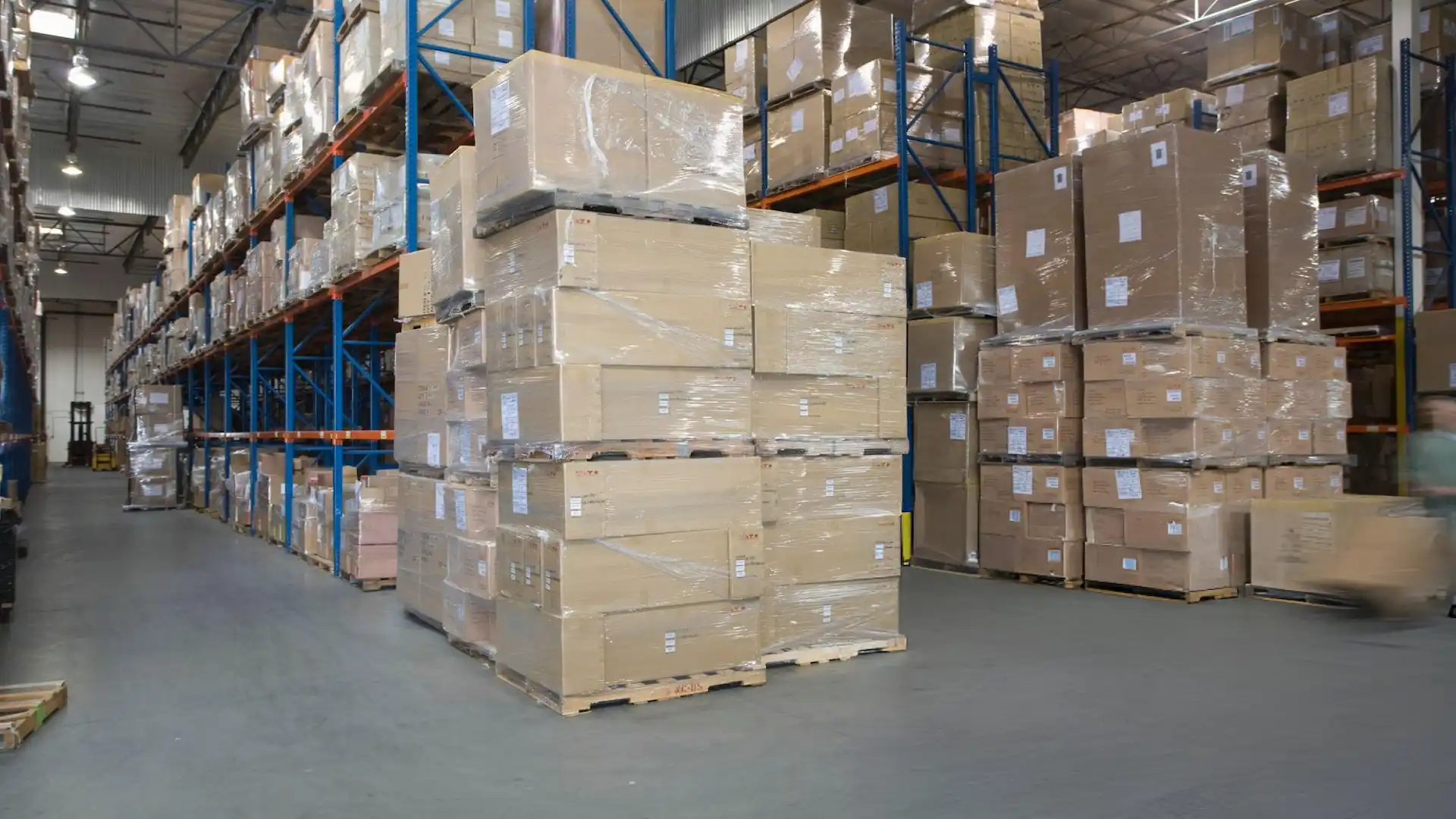What is Product Bundling for eCommerce Businesses?

Table of Content:
- What is product bundling
- What are the advantages of product bundling
- What are different types of bundling strategies
- Tips for bundling products
- When to not bundle products
- How can you improve the post-purchase experience
- Bundling vs Kitting
What is product bundling?
Product bundling is when an ecommerce brand packages complementary products as a group of items that can be purchased together.
Sometimes products are bundled together as an upsell, a cross-sell or with a unique purpose.
- Upsells: involve persuading the customer to upgrade. For instance, promoting a better, more expensive version of a makeup brush a customer is thinking about buying.
- Cross-sells: involve promoting related products that are adjacent to other products in a similar group. For example, promoting blush to go with a makeup brush. In the world of physical retail, this is similar to the concept of cross merchandising.
- Unique purpose: like a gift box or special wrapping, can help drive more awareness and revenue for special events or occasions.
Product bundles become especially popular during the holidays, but it’s a tactic that retailers can use year-round to generate sales.
Generally speaking, there are two types of product bundles:
- Pure bundles: contain items sold exclusively in that bundle. For instance, a TV-Specific Mount with a TV Model, you can only get when you purchase the set.
- Mixed bundles: contain items also sold separately. For instance, a “Kit” of a Men’s Suit Jacket, Pants and Dress Shirt. These can be purchase separately, but are bundled together for convenience (and because they’re complementary products).
What are the advantages of product bundling?
Product Bundling can be strategically used to combine the value of single products to either increase AOV (Average Order Value) or to sell-through slower moving inventory.
For example,
- Product A = $80
- Product B = $45
- Product C = $55
The Total Value of the Products is $180 while your AOV over the past 6 months has been $70, for example.
If you sell the Bundle for $150 this would increase your AOV. There are nuances to consider for each brand - e.g. the industry category and their strategic goals, such as:
- Do Your Gross Margins allow for a $30 “discount” ($180 Total Value, Sold at $150)?
- Does the higher Average Order Value ($150 for Bundle vs. $70 Previously) outweigh the previous AOV? How does the increase of the Customer “experience & more product purchased” impact your brands growth?
If you have a “very slow moving item,” you can bundle this into a “Starter Pack” with your “Best Sellers.”
As such, by decreasing the cost of the “slow moving item,” you don’t show customers your “offering discounts” so you use a Product Bundling Strategy to “sell through your slow moving items” by pairing them in a Bundle with “your fast moving / Best Seller SKUs.” This is a great way to recover inventory costs in order to re-invest your capital in new products.
What are examples of different bundling strategies?
Different Bundling Strategies can be executed in a number of different ways.
1. Special Events / Holiday Bundles (e.g. Wedding Season - Suit Jackets + Pants + Shirt for Groomsmen).
2. Specific Vertical Bundles (e.g. 3 Pairs of Pants).
3. Cross-Category Bundles (e.g. 1 Pair Pants + 1 Shirt + 1 Blazer).
4. Capture Slow Mover Bundles (e.g. Discount Slow Moving SKU + Best Seller SKUs)
Tips for pulling off these strategies well?
It’s so important to understand your specific brand, your category and what your goals are. It sounds cliché, but if your goal is to “Preserve Brand Value” and not discounting product, Bundling is a strategic move I implemented at a previous Apparel Brand I worked at.
Questions to ask:
- Are you looking to increase Average Order Value (AOV)?
- Are you looking to make more sales or capture customer attention? Do your margins support bundling at a “discount” without actually marketing it as a discount?
When wouldn't you bundle products together?
Sometimes Bundling Products can be either “confusing” for customers or “lead to shipping errors”. I say confusing because at times if a brand “forces a bundling strategy” and it’s not clear on the website of the products included and the benefits, it could be harder for the customer to want to buy.
Lead to shipping errors - if your operations are not setup where the New Bundle SKU is “Linked” to Existing SKUs, an order will be placed and if it’s just the “Bundle SKU,” your warehouse team won’t know what specific Items are in the order and can lead to sending out the wrong product.
How can you improve the post-purchase experience with product bundling?
At Atomix, we’re a Shipping and Fulfillment Partner for ecommerce brands and the majority of our clients have some Product Bundling strategy. It’s always so crucial to have “Your Backend Operations” setup to properly manage Orders. For example, A New Bundle SKU is typically not a “Real SKU” in a warehouse, its “Components” are the “Real SKUs” that the Warehouse Team is physically picking and packing. So ensure the integration and product mapping on the backend is properly set up in order to have a seamless experience for your customers and avoid delays.
The Alternative Process is your 3PL or Fulfillment Partner, like Atomix, can “Pre-Kit” Bundles. That means, when an order is placed the warehouse team will pick the “Pre-kitted Bundle SKU” and ship it.
For the post purchase experience, we always recommend our partners to think about adding an insert or marketing collateral (and custom packaging!) which can be done in an affordable way while increasing the overall value of an end customers experience
Bundling vs. Kitting
Read our in-depth blog on kitting here
- Ecommerce merchants and business owners often confuse the nuances of kits and bundles.
- Kits, as detailed in a blog here, essentially is the process of combining multiple SKUs into one SKU, that is pre-packaged and stored at the warehouse.
- While bundling, is most often a marketing strategy to sell multiple SKUs together (as a “Ghost or Virtual SKU”) that is picked and packed together at the time of the order (e.g. not pre-built or packaged together).
If you’re an ecommerce brand looking to easily bundle your products, reach out to us for a quote today! Our team will guide and provide you the best way for your brand to have the best bundling plan!

.svg)
.svg)
.svg)




